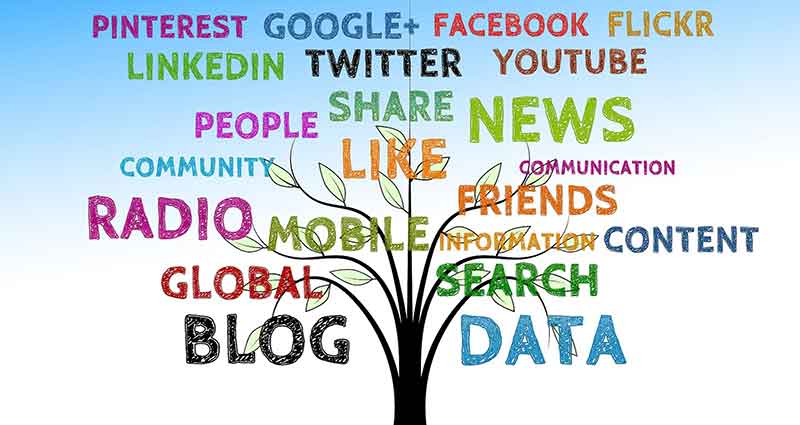Photo credit: https://pixabay.com/illustrations/tree-social-media-structure-1148032/
Remember when people used to learn about upcoming events, the latest trends, and cool new products exclusively from magazines, newspapers, and TV commercials? Well, now, with the ever-rising importance of social media and online PR, marketers are rapidly adapting their methods of budgeting, reporting, and investing in paid owned and what’s called “earned media” to reach and engage their customers.
Investment in media is frequently grouped into three media buckets:
- Earned media
- Shared media
- Paid media
Each type gives opportunities to influence customers. None of these media types are new, but what is new is the increasing prominence given to owned and earned media strategy, while paid media has always dominated in the past.
What Is an Earned Media Strategy?
Traditionally, earned media strategy has been the name given to publicity generated content through PR that is invested in targeting influencers to boost awareness about a brand. More simply put, it’s any materials about you or your business that you paid for or created yourself. Of course, it’s still an investment.
Earned media also includes word of mouth that can be accelerated through viral and social media marketing and includes conversations in social networks, blogs, and other communities. Think of earned media as a strategy developed through different types of partners such as publishers, bloggers, and other influencers. It’s basically different forms of conversations occurring both online and offline.
Although this type of media is always published by a third party, there are ways marketers can position themselves for earned media opportunities.
How Well Does an Earned Media Strategy Actually Work?
As a consumer, you are influenced greatly by family, friends, and what they read and see online, right? We’re not just sharing the good, the bad, and the ugly of brands exclusively at the water cooler. We’re sharing it with everyone we’re connected with online, which can include hundreds, thousands, or maybe even millions of people. And a lot of those people listen, and in turn those stories to make buying decisions.
Why is Earned Media Important?
Unlike paid media where you must spend more for more impressions over time, earned media is the gift that keeps on giving. It is often cheaper over the long term, and it’s certainly a home run when it comes to brand building. This is an example of where the “lack of control” with earned media is a pro, not a con. Since brands can’t control the message, it’s seen as more trustworthy by consumers. Third-party reviewers can offer their unbiased opinion about a product, and people can share their honest thoughts about a company or product on social media.
Therefore, if real people are singing your praises, and it’s clear that you didn’t pay or incentivize them to do so, that helps your brand stand out in the market. This is especially true for direct-to-consumer (DTC) brands.
Examples of Earned Media
- TV Segment: This is the most traditional form of earned media. Appear in a TV program, and BOOM! Reach millions of viewers in their living rooms.
- Twitter Mentions: When someone tweets how much they love your blog without you asking them to sing your praises. You have the opportunity to earn praise by relentlessly publishing and promoting industry-leading content for years on your blog.
- Review Sites: Users regularly sharing about their experience with your product on review sites such as TripAdvisor, Yelp, and Google Maps only validates experiences and generates broader interest.
- Influencers: Rand Fishkin is an influencer in the marketing industry with over 440,000 followers on Twitter. There are gobs of these kinds of people. If he, for example, decides to share one of your articles with his audience, you automatically earn the share because you published an article with tons of unique insights, all gained from real-world experience.
Boost Your Digital Marketing with Charley Grey
As digital marketing and social media continue to evolve, so will earned media, and departments other than public relations (like marketing and customer service) will become more responsible for capturing earned media attention. When we manage your website, you have the opportunity to open up every single element of your marketing to a new level, including the benefits of earned media. Let us help you get started!









